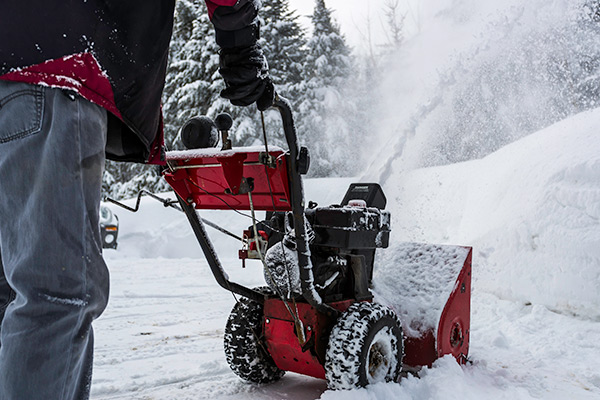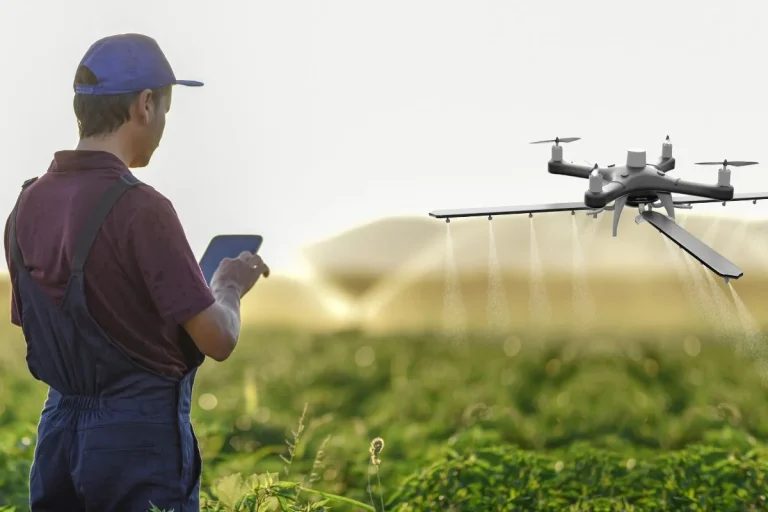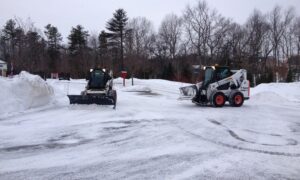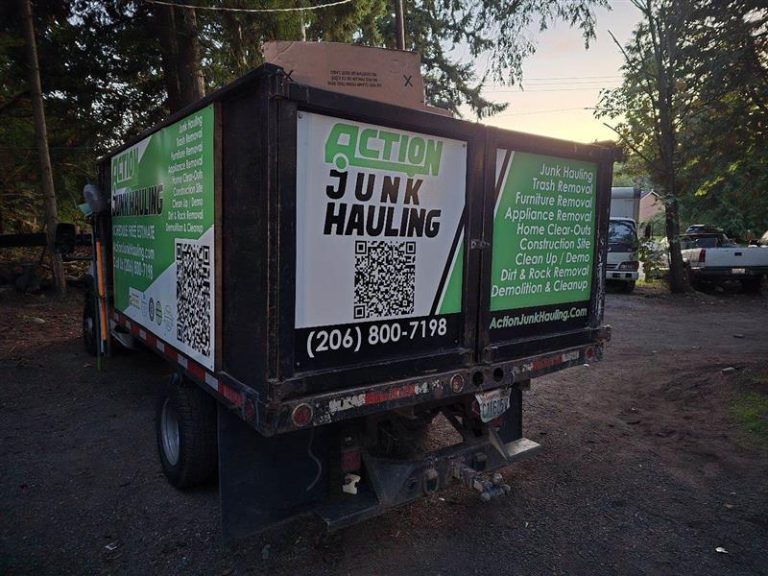Safety Measures Municipalities Should Take Before Snowing

As winter approaches, municipalities face the critical task of preparing for snow and ice to ensure public safety and maintain essential services. Effective pre-snow preparations can prevent accidents, minimize disruptions, and enhance overall community resilience. Here are essential safety measures municipalities should implement before snowing:
Develop and Update Snow Removal Plans
- Comprehensive Snow Removal Plan: Establish a detailed snow removal strategy that includes priorities for clearing major roads, secondary streets, sidewalks, and public spaces. Define clear protocols for plowing, salting, and sanding.
- Resource Allocation: Ensure that resources, including personnel, equipment, and materials, are allocated according to the plan. Update the plan annually to reflect changes in infrastructure, traffic patterns, and community needs.
Inspect and Maintain Equipment
- Pre-Season Checks: Conduct thorough inspections and maintenance of snow removal equipment such as plows, salt spreaders, and snow blowers. Replace worn-out parts, check fluid levels, and ensure that all equipment is in good working condition.
- Emergency Repairs: Establish a system for quick repairs and replacements in case of equipment failure during a snow event. Keep spare parts and tools readily available.
Stockpile Supplies
- De-Icing Materials: Stockpile essential de-icing materials such as salt, sand, and calcium chloride. Ensure adequate storage to cover the anticipated needs for the winter season.
- Snow Removal Tools: Maintain an inventory of additional snow removal tools and supplies, including shovels, brooms, and spreaders, to handle unexpected conditions or equipment shortages.
Train and Prepare Personnel
- Training Programs: Provide training for snow removal crews on operating equipment safely, handling hazardous conditions, and implementing snow removal protocols. Regularly review and practice procedures. You can also hire snow removal services for businesses and municipalities at whiteoutgroup.ca.
- Emergency Response: Prepare personnel for emergency situations by conducting drills and ensuring they are familiar with protocols for extreme weather conditions.
Implement Communication Strategies
- Public Notification: Set up systems to notify the public about snow removal schedules, road closures, and safety information. Utilize multiple channels such as social media, local news, and community bulletin boards.
- Internal Communication: Ensure that internal communication systems are in place to coordinate between different departments and teams involved in snow management.
Prepare Roadways and Public Spaces
- Clearing Obstacles: Remove any potential obstacles from roadways, sidewalks, and public spaces that could hinder snow removal efforts. This includes debris, parked vehicles, and unauthorized structures.
- Signage and Marking: Install or update signage and road markings to improve visibility and guide snow removal operations. This helps ensure that key areas are cleared effectively and safely.
- Monitor Weather Conditions
- Weather Forecasts: Regularly monitor weather forecasts and alerts to anticipate snow events and prepare accordingly. Use weather monitoring tools and services to stay informed about changing conditions.
- Pre-Event Assessments: Conduct pre-event assessments to evaluate road conditions, potential problem areas, and resource needs based on forecasted weather.
By implementing these safety measures before snowing, municipalities can better manage winter weather challenges, protect public safety, and ensure efficient operations.









